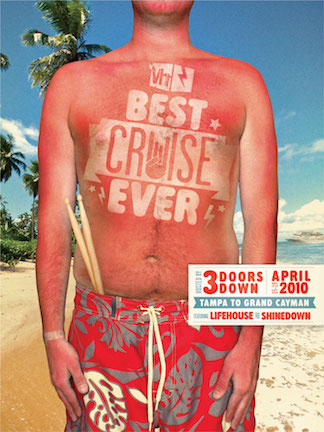San Francisco hitting up graffiti vandals with costly civil suits
 San Francisco hitting up graffiti vandals with costly civil suits
San Francisco hitting up graffiti vandals with costly civil suits
By C.W. Nevius for the SF Chronicle
August 21, 2015 Updated: August 21, 2015 5:16pm
Everyone knows how difficult it is to stop the graffiti tagging epidemic in the city. First, it’s nearly impossible to catch anyone in the act. And if cops do, a criminal case in the courts often results in minor consequences, like a few hours of community service.
A walk down virtually any graffiti-tagged street in the city tells you criminal charges aren’t having much of an effect.
So, San Francisco is changing the game. We’re making it personal.
In an innovative and clever legal maneuver, the city attorney’s office is asking the courts to treat the city like any other property owner and allow it to sue for damages to pay for graffiti cleanup. It makes for some odd phrasing when the complaint says, “Plaintiff is . . . the owner of real personal property in San Francisco, consisting of Muni buses.”
But that’s how San Francisco has filed a civil suit against a woman officials say is an infamous serial tagger. The city alleges that Cozy Terry (her real name according to the complaint) tags as “Coze” and is responsible for 28 separate acts of vandalism on city buses. In all, the 41-page complaint lists 58 cases of tagging and adds up the cost of cleanup and repair. The total should get the attention of graffiti scofflaws.
“It is at least $53,788,” said Jill Cannon, one of the two deputy city attorneys who is making the case. “I don’t know what her assets are, but if we get a judgment we will seek to collect.”

 Banksy's offical site, with a map:
Banksy's offical site, with a map:  10 years after his graffiti campaign, the artist known as Borf paints a new life
10 years after his graffiti campaign, the artist known as Borf paints a new life 4 Activists Arrested for Chalking “Save the Animals”
4 Activists Arrested for Chalking “Save the Animals” Eclair Bandersnatch: Street Artist for the Snowden Age
Eclair Bandersnatch: Street Artist for the Snowden Age Now Experts Are Issuing Warnings About Sunburn Art
Now Experts Are Issuing Warnings About Sunburn Art How Shepard Fairey's arrest provides a new look at an old question: Is it art or is it vandalism?
How Shepard Fairey's arrest provides a new look at an old question: Is it art or is it vandalism?